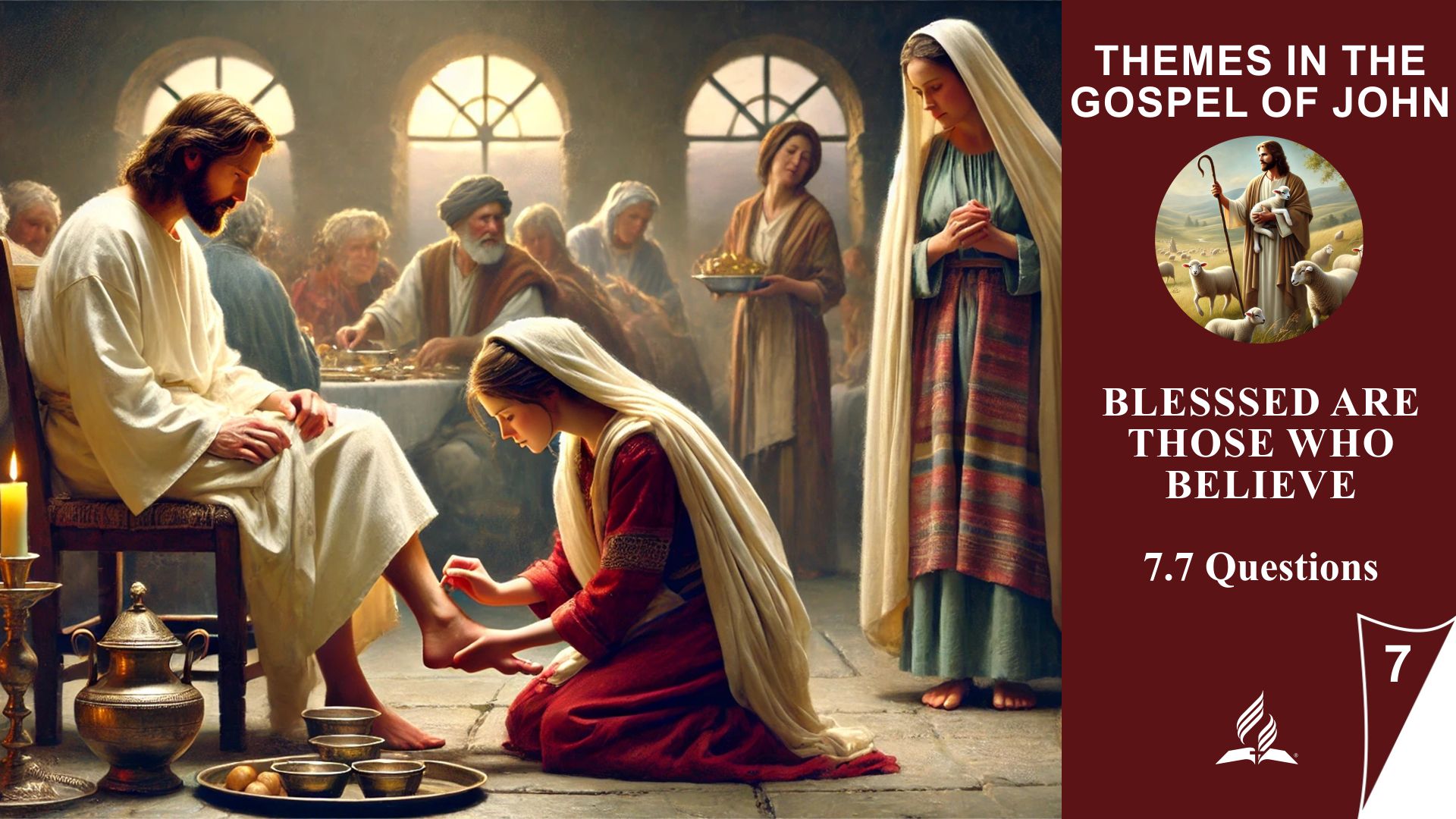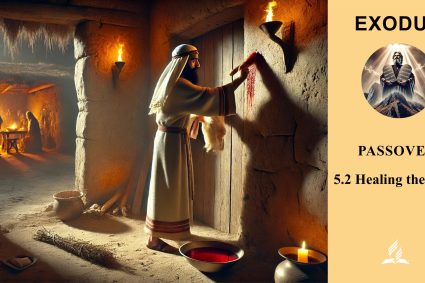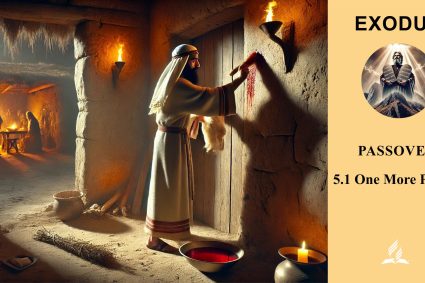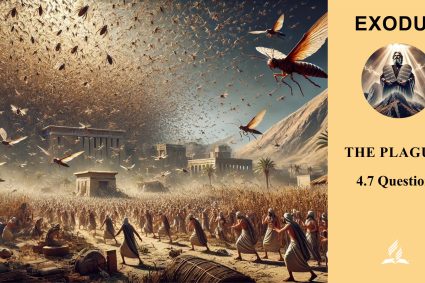



1.What was the essential difference in the expressions of faith between Abraham and Thomas? What can we learn from their stories?
The essential difference between Abraham and Thomas in their expressions of faith lies in the nature of their trust in God’s promises and how they deal with uncertainties.
-
Abraham: Abraham trusted in God’s promises even when they seemed humanly impossible. His faith was marked by trust without visible evidence or immediate fulfillment. He followed God’s call, left his land, and believed that he would become the father of many nations, despite having no children. Abraham’s faith shows us the willingness to trust in God’s word even when circumstances and evidence are lacking. It is a faith that combines patience and hope.
-
Thomas: In contrast, Thomas set conditions for his faith. After Jesus’ resurrection, he demanded visible and tangible evidence before he could believe. His “see it and believe it” attitude shows that his faith was tied to concrete confirmation. When Jesus showed Thomas His wounds, Thomas was led to believe. However, Jesus emphasized that those who believe without seeing are blessed.
Lessons from the stories of Abraham and Thomas:
-
Faith requires trust: Abraham’s story teaches us that faith often means trusting God even when we have no tangible evidence. This is an invitation to grow deeper in our faith and practice patience.
-
God meets us in our doubts: Thomas’ story shows that doubt can be a natural part of the faith journey. God does not condemn us for our doubts but meets us in them. However, it also encourages us not to limit our trust to visible evidence.
Abraham and Thomas demonstrate two aspects of faith: unconditional trust and a faith that grows in the search for evidence. Together, they teach us that true faith often goes beyond what we can see and understand and that God is faithful even when we do not comprehend everything.
2.Encourage those who are willing to testify about Jesus, as we have seen in the Gospel of John. Although the accounts are different: What do people say, and how do they all testify to the same Lord?
In the Gospel of John, we see a variety of testimonies about Jesus, each offering different perspectives but ultimately testifying to the same Lord and His divine nature. People like John the Baptist, the Samaritan woman at the well, Thomas, and Mary of Bethany each uniquely witness their encounter and understanding of Jesus. Here are some key statements they all make about Jesus, helping us understand His nature and work:
-
John the Baptist: John describes Jesus as “the Lamb of God, who takes away the sin of the world” (John 1:29). His testimony emphasizes Jesus’ role as the Redeemer and the sacrifice He will make. John recognizes Jesus as the messenger sent by God to free people from their sins.
-
The Samaritan Woman at the Well: Her testimony begins with an encounter at the well and develops into the realization that Jesus is the Messiah. She testifies to the people in her village, saying, “Come, see a man who told me everything I ever did! Could this be the Messiah?” (John 4:29). Her words invite others to meet Jesus and know Him for themselves.
-
Thomas: After Jesus’ resurrection, Thomas confesses, “My Lord and my God!” (John 20:28). Thomas’ testimony is a clear statement of Jesus’ divinity, showing that Jesus is more than just a teacher—He is God Himself.
-
Mary of Bethany: Mary’s act of anointing Jesus with expensive oil is a silent but powerful testimony. She shows her devotion and reverence for Jesus by sacrificing the most valuable possession she has. Her testimony portrays Jesus as a king and one worthy of her highest dedication.
Common Statements and Connections: Although the testimonies are different, they all reveal the same Lord in various ways. Each recognizes Jesus’ uniqueness and divine nature. John the Baptist presents Him as the Redeemer, the Samaritan woman as the Messiah, Thomas as God, and Mary as the worthy King. Together, these individuals testify that Jesus has the power to change lives, that He is God and Savior, and that He is the one the world has been waiting for.
Connection for Today: These testimonies encourage us to shape our own lives as a living testimony for Jesus. Whether through words or actions, each of us can uniquely testify how Jesus has changed our lives and why we believe in Him. Our testimonies may differ, but they carry the same message: Jesus is the Lord and Savior who gives us love, forgiveness, and hope.
3.Pilate asked a very philosophical question: “What is truth?” Answer this question in light of all that we have studied in the Gospel of John.
In light of the Gospel of John, the question “What is truth?” is answered in a profound and clear manner. Jesus Himself embodies the truth. In the Gospel of John, He says, “I am the way and the truth and the life. No one comes to the Father except through me” (John 14:6). Here, truth is not presented as an abstract concept or mere knowledge but as a person—Jesus Christ. He is the truth because He reveals the very nature of God, brings light into darkness, and shows the way to eternal life.
Throughout the Gospel, John testifies that truth is not only found in words or philosophical thoughts but in the relationship with Jesus. In Him, God’s nature becomes fully visible: His love, His justice, and His grace. Jesus demonstrates that truth is not just intellectual knowledge but a deeper reality that transforms lives and connects people with God.
When Pilate asked, “What is truth?”, the answer was right before him. Instead of following the truth He recognized, Pilate chose to succumb to the crowd’s pressure out of fear. The Gospel of John makes it clear that true understanding is not only about knowledge but about a decision: choosing to follow Jesus and building one’s life on Him.
In this sense, truth in the Gospel of John is alive, concrete, and experiential. It is not relative or dependent on opinions but finds its source in God and is perfectly revealed in Jesus. Truth means knowing and trusting Jesus—for He alone is the way to God and the light that penetrates our darkness.
4.Look at the prophecies in Daniel 2 and 7. People in Jesus’ time knew these two chapters, but what great advantage do we have today that they did not when it comes to seeing these prophecies fulfilled and thus having even more reasons to believe?
The great advantage we have today when examining the prophecies from Daniel 2 and 7 is that we can see many of their historical fulfillments in hindsight. In Jesus’ time, many of these events were still future or in their early stages, whereas today we can observe the complete unfolding of these prophecies in history. This provides us with additional reasons to believe in the reliability and truth of the Bible, as the prophecies have been fulfilled accurately.
In Daniel 2, the image of the great statue is described, with various parts (gold, silver, bronze, iron, and clay) representing successive world empires. These empires—Babylon, Medo-Persia, Greece, and Rome—are clearly recognizable in world history today. Additionally, Daniel saw in the vision a stone that, without human intervention, destroys the statue, symbolizing the coming of God’s kingdom, which will endure beyond all human kingdoms. This historical fulfillment gives us today the assurance that God directs history and that His kingdom will ultimately triumph over everything.
In Daniel 7, Daniel has a vision of four beasts, which also represent different kingdoms. The fourth beast, particularly terrifying and describing the rise of a small horn with great power, is often associated with the Roman Empire and later developments. Here too, we can see historical events and powers that align with this prophecy, confirming God’s oversight and influence in history.
The advantage we have today is that we have witnessed the historical accuracy of these prophecies. We can see that the coming of God’s kingdom—ultimately embodied in Jesus Christ—has been foretold for centuries. These fulfillments strengthen our faith by showing that God’s word is reliable and that biblical prophecies are not vague or accidental but have occurred in specific and detailed ways.
This historical perspective provides us with additional reasons to believe because we see that the Bible does not tell outdated stories but contains timeless truths and God’s plans for the world. It strengthens our hope that God’s kingdom, as prophesied, will one day come in its fullness, as promised through Jesus Christ.
(Visited 11 times, 1 visits today)




















